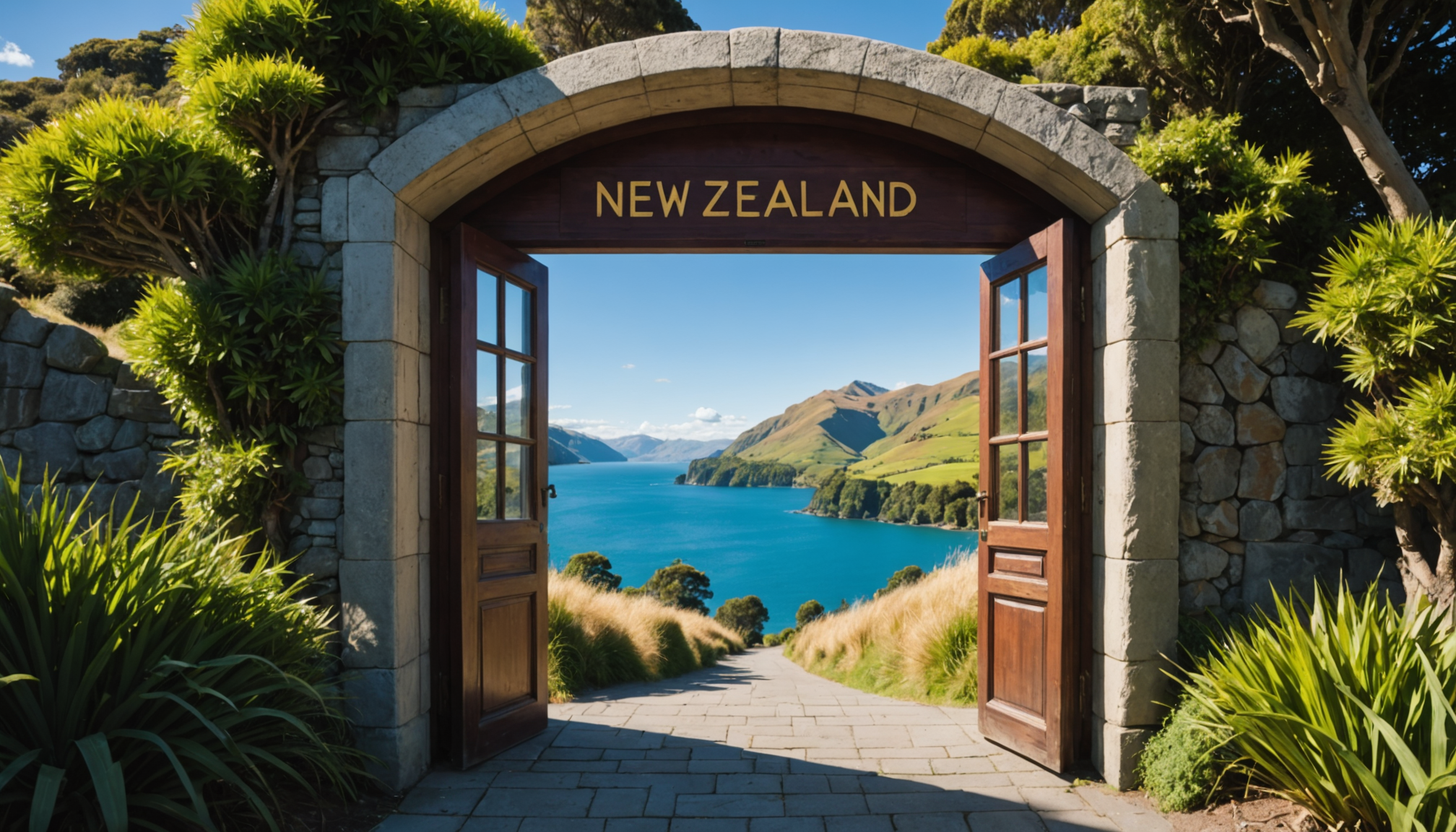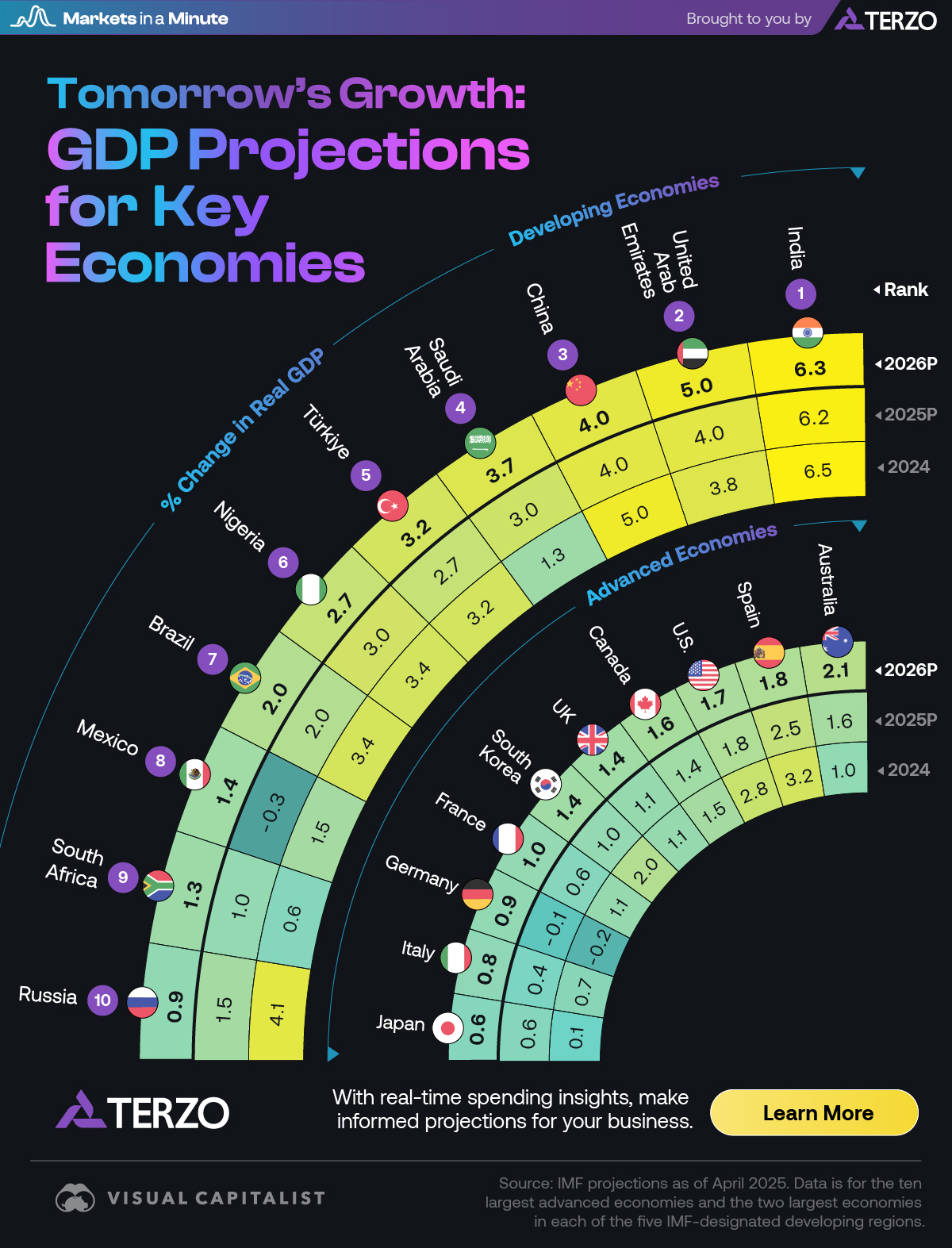
Report on New Zealand’s Open-Door Tourism Strategy and Its Alignment with Sustainable Development Goals (SDGs)
Introduction
New Zealand’s open-door tourism policy, championed by Prime Minister Christopher Luxon and Tourism Minister Louise Upston, aims to attract international tourists year-round, including a focus on visitors from China. This strategy, encapsulated by the slogan “we welcome anyone, from anywhere, anytime,” seeks to boost the tourism sector and the national economy. However, concerns have been raised regarding the sustainability of this approach, particularly its environmental, social, and infrastructural impacts. This report evaluates the policy through the lens of the United Nations Sustainable Development Goals (SDGs), emphasizing the balance between economic growth and sustainable development.
New Zealand’s Tourism Growth Plan and SDG Alignment
- Economic Growth and Employment (SDG 8: Decent Work and Economic Growth)
The government’s agenda includes increasing tourist arrivals, especially from China, to stimulate economic activity. Tourism contributes billions of dollars annually and supports jobs in hospitality, transportation, and retail sectors. - Promotion of Inclusive and Sustainable Economic Development (SDG 8 & SDG 10: Reduced Inequalities)
Efforts to promote off-season tourism aim to distribute economic benefits more evenly throughout the year and across regions. - Global Partnerships (SDG 17: Partnerships for the Goals)
Diplomatic visits and collaborations, such as Prime Minister Luxon’s visit to China, demonstrate international cooperation to enhance tourism flows.
Challenges to Environmental Sustainability
- Environmental Degradation (SDG 15: Life on Land)
Popular destinations like Rotorua, Queenstown, and Milford Sound face overcrowding, leading to damage to hiking trails, pollution, and disruption of wildlife habitats. - Resource Strain and Infrastructure Pressure (SDG 9: Industry, Innovation, and Infrastructure; SDG 11: Sustainable Cities and Communities)
Public services including transportation, accommodation, and healthcare are stretched during peak seasons, risking service quality and community well-being. - Risk to Natural Heritage (SDG 13: Climate Action)
The increase in tourism-related activities may contribute to environmental stress, necessitating climate-conscious policies.
Social and Community Impacts
- Community Well-being (SDG 3: Good Health and Well-being; SDG 11)
Local residents experience higher living costs, pressure on public services, and disruptions to daily life due to mass tourism. - Equitable Access and Inclusion (SDG 10)
Small towns and rural areas risk being marginalized, with limited capacity to maintain local services and cultural identity.
Balancing Economic Benefits with Sustainability
While tourism significantly supports New Zealand’s economy, the current growth trajectory raises concerns about long-term sustainability. Sustainable tourism requires:
- Integrating environmental protection with economic development (SDG 8, SDG 12: Responsible Consumption and Production, SDG 15)
- Supporting local communities and preserving cultural heritage (SDG 11, SDG 16: Peace, Justice, and Strong Institutions)
- Implementing policies that regulate visitor numbers and promote eco-friendly travel options
Government and Industry Roles in Sustainable Tourism
- Regulatory Measures (SDG 12, SDG 15)
The government should enforce tourist capacity limits, environmental regulations, and consider tourist taxes to manage impacts. - Industry Responsibility (SDG 12)
Tourism operators and airlines must promote responsible travel through eco-friendly packages and encourage visits to less-visited regions. - Education and Awareness (SDG 4: Quality Education)
Investment in educating visitors and locals about sustainable tourism practices is critical for long-term success.
Strategies for Environmental Protection and Sustainable Growth
- Development of “sustainable tourism hotspots” to distribute visitor traffic and reduce pressure on popular sites (SDG 15, SDG 11)
- Promotion of off-the-beaten-path destinations to diversify tourism offerings (SDG 8, SDG 12)
- Balancing tourism growth with conservation of natural resources to safeguard New Zealand’s unique ecosystems (SDG 13, SDG 15)
Conclusion: Toward a Sustainable Tourism Future
New Zealand’s open-door tourism policy has generated economic prosperity but also presents sustainability challenges. To align with the Sustainable Development Goals, a shift toward sustainable tourism is essential. This includes:
- Prioritizing environmental conservation and community well-being
- Implementing comprehensive planning and regulation
- Fostering collaboration among government, industry, and local communities
By embracing sustainable development principles, New Zealand can ensure that its tourism industry remains prosperous while protecting its natural and cultural heritage for future generations.
1. Sustainable Development Goals (SDGs) Addressed in the Article
- SDG 8: Decent Work and Economic Growth
- The article discusses the economic benefits of tourism in New Zealand, including job creation in hospitality, transportation, and retail sectors.
- SDG 11: Sustainable Cities and Communities
- Concerns about overcrowding, strain on public services, and infrastructure in cities and rural areas are highlighted.
- SDG 12: Responsible Consumption and Production
- The need for sustainable tourism practices, including eco-friendly travel options and managing visitor numbers, is emphasized.
- SDG 13: Climate Action
- Environmental degradation and the need to protect natural resources from the impact of tourism are discussed.
- SDG 15: Life on Land
- Protection of natural habitats, wildlife, and ecosystems affected by tourism is a key concern.
2. Specific Targets Under the Identified SDGs
- SDG 8 – Target 8.9: Promote sustainable tourism that creates jobs and promotes local culture and products.
- SDG 11 – Target 11.4: Strengthen efforts to protect and safeguard the world’s cultural and natural heritage.
- SDG 12 – Target 12.8: Ensure that people everywhere have the relevant information and awareness for sustainable development and lifestyles in harmony with nature.
- SDG 13 – Target 13.2: Integrate climate change measures into national policies, strategies, and planning.
- SDG 15 – Target 15.1: Ensure the conservation, restoration, and sustainable use of terrestrial and inland freshwater ecosystems and their services.
3. Indicators Mentioned or Implied to Measure Progress
- Tourism Growth and Economic Impact Indicators:
- Number of international tourists, especially from China and off-season visitors.
- Revenue generated from tourism and employment rates in tourism-related sectors.
- Environmental Impact Indicators:
- Levels of environmental degradation such as damage to hiking trails, pollution, and wildlife habitat disruption.
- Measures of natural resource strain and conservation status of protected areas.
- Infrastructure and Public Service Capacity Indicators:
- Capacity and usage rates of transportation, accommodation, and healthcare services during peak and off-peak seasons.
- Overcrowding levels in popular tourist destinations.
- Social Impact Indicators:
- Cost of living changes in local communities.
- Community satisfaction and social disruption metrics related to tourism influx.
- Sustainability Practice Indicators:
- Implementation of eco-friendly tourism packages and policies such as tourist taxes and capacity limits.
- Education and awareness programs on sustainable tourism for visitors and locals.
4. Table of SDGs, Targets, and Indicators
| SDGs | Targets | Indicators |
|---|---|---|
| SDG 8: Decent Work and Economic Growth | 8.9: Promote sustainable tourism that creates jobs and promotes local culture and products. |
|
| SDG 11: Sustainable Cities and Communities | 11.4: Strengthen efforts to protect and safeguard cultural and natural heritage. |
|
| SDG 12: Responsible Consumption and Production | 12.8: Ensure awareness for sustainable development and lifestyles in harmony with nature. |
|
| SDG 13: Climate Action | 13.2: Integrate climate change measures into national policies and planning. |
|
| SDG 15: Life on Land | 15.1: Ensure conservation, restoration, and sustainable use of terrestrial ecosystems. |
|
Source: travelandtourworld.com







